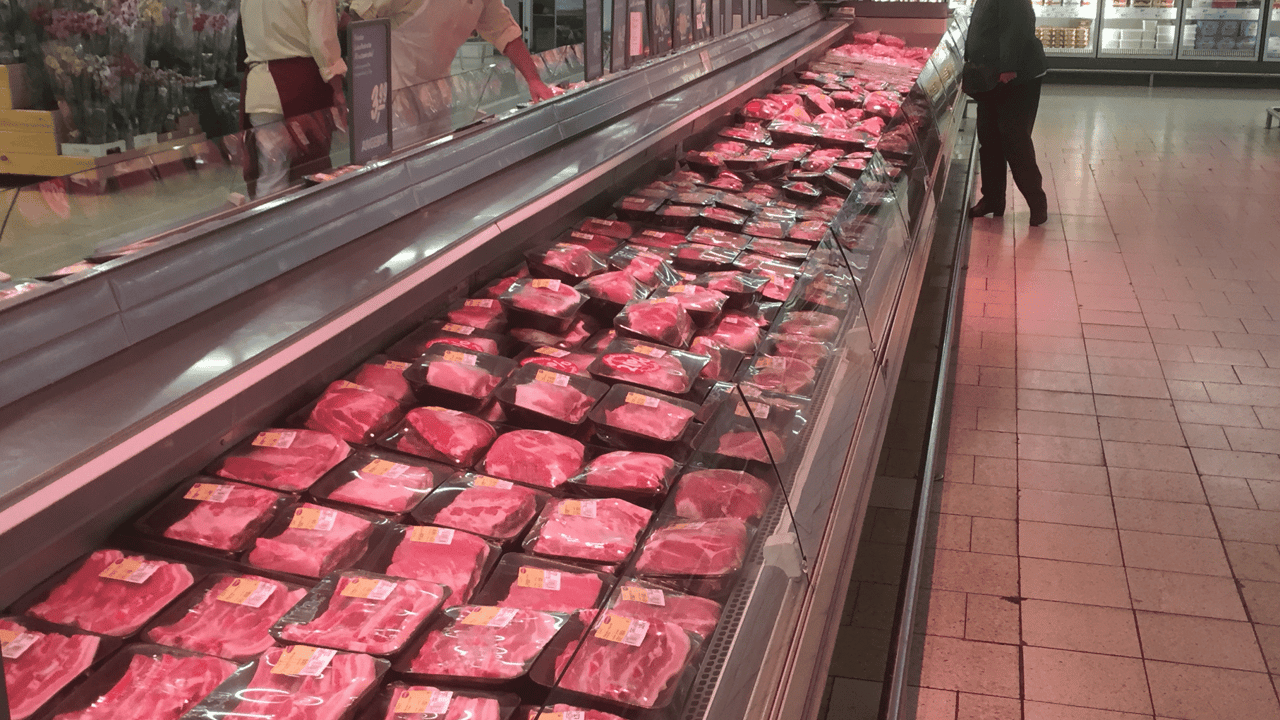Ciaran Fitzgerald: 21st century food pricing policy needed
In previous articles, I have focused on the long-term damage done to the agri-food sector, and in particular farm incomes and processing margins, by everyday low pricing.
I would hope at this stage that there is an understanding that chronic low pricing policies destroy the intrinsic nutritional value of food products and are in effect, a pricing stunt which solely benefits dominant food retailers, be they supermarkets or discounters.
Sustained low pricing and ever decreasing margins are also out of sync with an EU regulatory policy which is promoting everyday higher food production costs either in terms of compliance with higher food standards or restrictions on farm inputs.
Disconnect in policy
There is furthermore a clear disconnect between the EU’s Directorate-General for Health and Consumers (DG SANCO) and DG for Environment’s imposition of ever higher standards, in response we are told, to EU consumer demands and the trade deals that EU DG for Trade keeps signing up for.
Trade deals such as Mercosur, which in effect, provide for the placing of food products on the EU market which do not meet either EU environmental or food safety requirements.
If the evolution of broad EU policy towards the agricultural and food sectors, including climate change and access to food nutrition represents a journey – it is the journey of Christopher Columbus.
This chaotic disconnect and lack of joined-up thinking cannot continue.
EU Green Deal
The EU’s new Green Deal presents an opportunity to join up some of the dots, and in particular an opportunity to equalise intervention on inputs and standards with intervention on prices and incomes.
While the approach to agri-food needs to be new and innovative, there are plenty of examples across the Irish, EU and global economy of businesses, and whole sectors, where there is positive growth driving the interface between stable incomes, higher standards and increasing innovation.
Indeed the facile application of a mismatch of ideologies and outdated economic theories to agri-food, promoting price and income volatility, below-cost selling and high cost of borrowing, is exposed by the low margins in the food and farming industries.
Above all, the performance of these sectors shows that markets that are not characterised by price volatility and/or dominant retailers, will deliver sustainable production while also driving innovation and long-term investment.
Destruction of value
The destruction of value over the last 20 years in food and agriculture is completely at odds with the needs of consumers for access to nutrition and food innovation and the ever increasing cost of EU food production as compliance and quality standards are increased.
Indeed ask the question: what role do supermarkets play in the rollout of the next range of innovative medicines or drugs? None! They provide shelf space.
‘Loss-leading is killing innovation’
Combined with the high cost of investment, loss-leading totally undermines the capability of the food sector to invest in innovation.
How do you justify spending very costly millions on new products when these products will be loss-led and the supermarket will insist on a cheaper ‘own-label’ version if the product is successful?
Why not look at those industries where innovation is thriving and copy the investment and pricing structures that apply there?
The food production and processing sector, in essence needs to be governed by 21st century considerations around stable pricing, with access to long-term competitive finance that fits with sustainable production, population growth, access to nutrition and climate change challenges.





